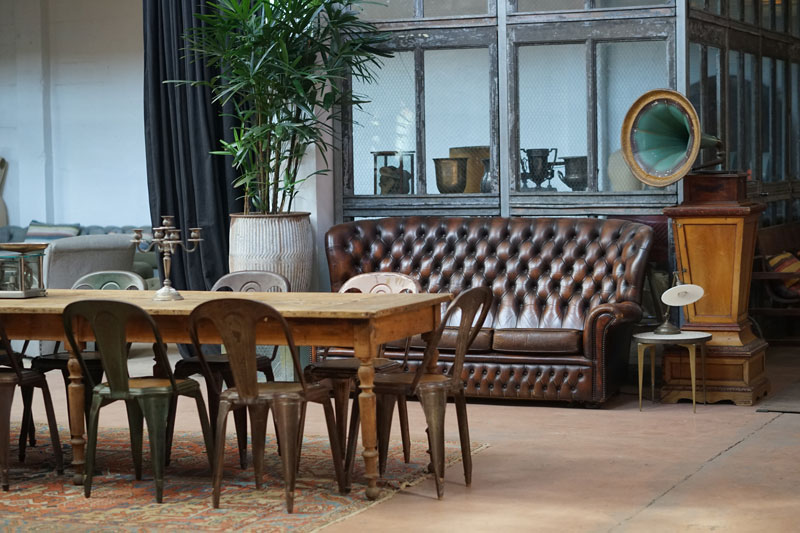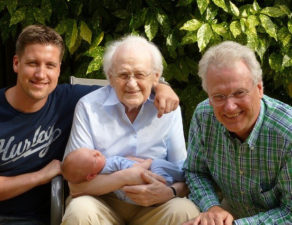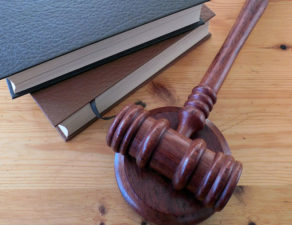
Personal belongings, such as jewelry, coin collections, furniture, photographs, family heirlooms, and other items of sentimental value are typically referred to as tangible personal property. Some people are happy to let their personal belongings be part of their residuary estate. Others prefer to identify certain items in their Last Will and Testament (“Will”) and designate certain people to receive these items.
While it is not uncommon for a Will to include bequests of tangible personal property, sometimes, these lists can become unwieldy, and very often, the items identified are subject to change as time goes on. Moreover, if your Will does not need to be probated (for reasons outside the scope of this blog), someone may be forced to probate the Will solely for purposes of enforcing the bequests of tangible personal property. That could be cumbersome and quite costly.
We just received a call this week from a woman telling us that her Mother died leaving no assets other than jewelry and that the Mother’s Will left those assets to a granddaughter. The woman’s sister was nominated the Executrix of the estate but refuses to probate the Will and is in possession of the jewelry. This is a good example of how listing your personal items in your Will may not accomplish your goals.
There’s nothing wrong with listing items in your Will, of course, but it can be bolstered by using a separate memorandum or other techniques. We have had good results where, for example, a family meeting is called to discuss the disposition of personal property and often, the property is distributed during the donor’s lifetime. If not distributed, these open and frank discussions can result in greater understandings about the reasons behind the choices made. They can also result in some peer pressure, as it can be difficult to challenge – or not follow through on — such bequests when the family has heard it directly from the person whose estate plan was discussed. In other instances, a separate memorandum, or even photographs of certain items where the beneficiary’s name is written on the back, can be useful.
It is very important to note that these techniques are not binding. In New York, there are formalities to the execution of a Will to, in part, give some comfort that the testator or testatrix was of sound mind. A memorandum executed separately, for example, does not adhere to those formalities. Still, however, if the property is more sentimental and less of value and the likelihood of fighting among beneficiaries is low, these techniques can be an effective way of disposing of your tangible personal property upon your death without the use of your Will or unnecessary probate proceedings.










